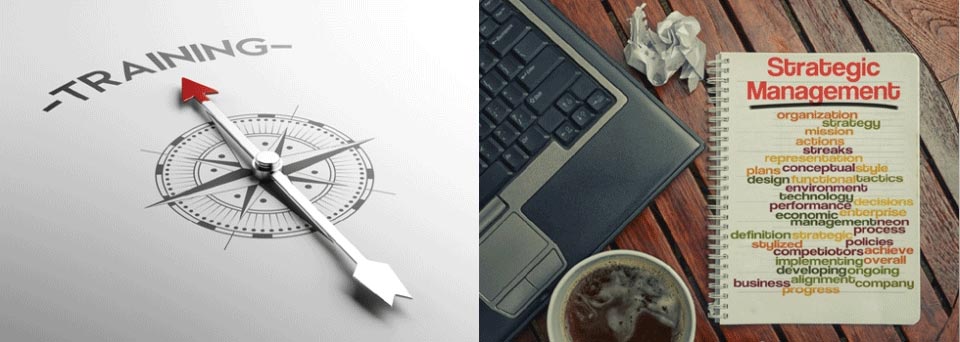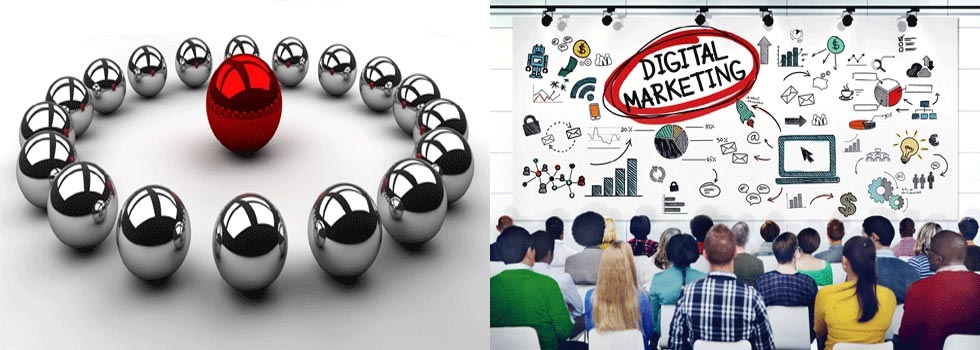Date: October 13th, 2016-Marketers Focus on Data, Audience and Lifetime Value
Key Speaker: Ms. Jillian Ryan (Analyst- Emarketer)
This write-up will discuss the various points which go in acquiring new customers. It will also speak about the lifetime value that loyal customers generate. Marketers these days are especially savvy about data and customer retention.
Trends in Customer Acquisition
Marketing research conducted by the Winterberry Group clearly confirms that new customer acquisition has been the primary task of marketers during the second business quarter of 2016. It has registered an 8% rise over the similar stage last year. Digital marketing and traditional ways differ in certain key parameters. The former aims more at an inbound method of marketing where leads arrive on organic basis and conversion is key. In traditional methods, the main focus is on lead generation and building a database so that sales can be activated. Hubspot says that 77% of inbound marketers says converting contacts is priority while the number is 68% for outbound ones. Final customer acquisition success can be the best metric to measure the success of different marketing campaigns.
A study conducted by Ad Roll has segmented the entire marketer crowd into priority areas regarding customer acquisition for the coming period. It can be better understood using the following pie chart:
This chart clearly illustrates that majority of marketers are more concerned about new customer acquisition rather than engaging existing ones to drive brand loyalty.
Process of Customer Acquisition
It all starts from the funnel. The funnel includes audience members who either have little to no knowledge of the brand or those who have started to take some interest in the same. Most marketers can identify with the various funnel positions possible. A study commissioned tells us that a third of US marketers consider brand awareness to be top marketing corporate strategy. This sort of awareness building to eventually drive sales differs according to organization and sector. High end liquor brand- Pernod Ricard- does maximum sales through bricks-and-mortars stores while marketing agency- Zenith Optimedia- gets most of its B2B assignments through online methods. Marketers are also now making extensive use of business analytics in order to capture data on customers to render unknown ones as identifiable. Once this is achieved, the lead may be targeted personalized content. This is much more desirable within the present context than the on-size-fits-all strategy of yesteryear. The website is the tool which finalizes the same. Many marketers though are not satisfied with this approach as for them the word acquisition can only be used at the point when the final transaction takes place.
Soft Conversions
These are those conversions which rely on emotional impulses rather than tangible outcomes that convert a prospect into a buyer. A warmly written email can best encapsulate behavioral elements on the website. Millennial customers can especially be tracked using this method.
Role of Data in Customer Acquisition
Management consulting giant KPMG conducted a survey according to which nearly half the CEOs surveyed confirmed that data analytics is extensively used in order to reach the last mile of the customer acquisition process. In fact marketing analytics were used in more than forty percent of cases, making it the single largest such source. Various touch points need to be tracked using different channels to complete the acquisition process. Attribution is the sub – process within that measured the effectiveness of each individual marketing channel. This gives the marketer a holistic view on what customers require. All data gaps get filled and technology will play a massive role in helping marketers with such visualization.
Mapping the Customer Journey
The customer journey involves several touch points which can be covered best below:
$1· Who the person is
$1· When is the best time to connect
$1· Appropriate device / platform to use
$1· Type of message to be sent as content
This is enabling marketers to be less brand or product centric but more focused at the customers.
Customer Lifetime Value
There is no sense is spending a lot of money to acquire customers, but those same customers not buying anything again from the firm. If re-marketing is to be done with more spends to re-engage the customer, then it is a loss- making proposition that needs to be avoided. Thus budgets must be allocated smartly. Another option could be to build such a mathematical formula that does a thorough business analysis on cost of the product and the amount of money spent on acquiring a customer. The best of customers must be tracked as they are the repeat ones and will remain loyal for a certain period.
Conclusion
It is clear from the discussion that retaining customers is as important as generating new ones. Innovative methods can derive new prospects for a brand but if servicing is poor, then these same new customers will not indulge in repeat buys. 45% of marketers polled did confirm that customer retention was one of the key strategic impulses. This also leads to a decent referral based business as experienced by 32% of executives in Europe and the US combined.
Forum: http://www.emarketer.com/
[csblink]



